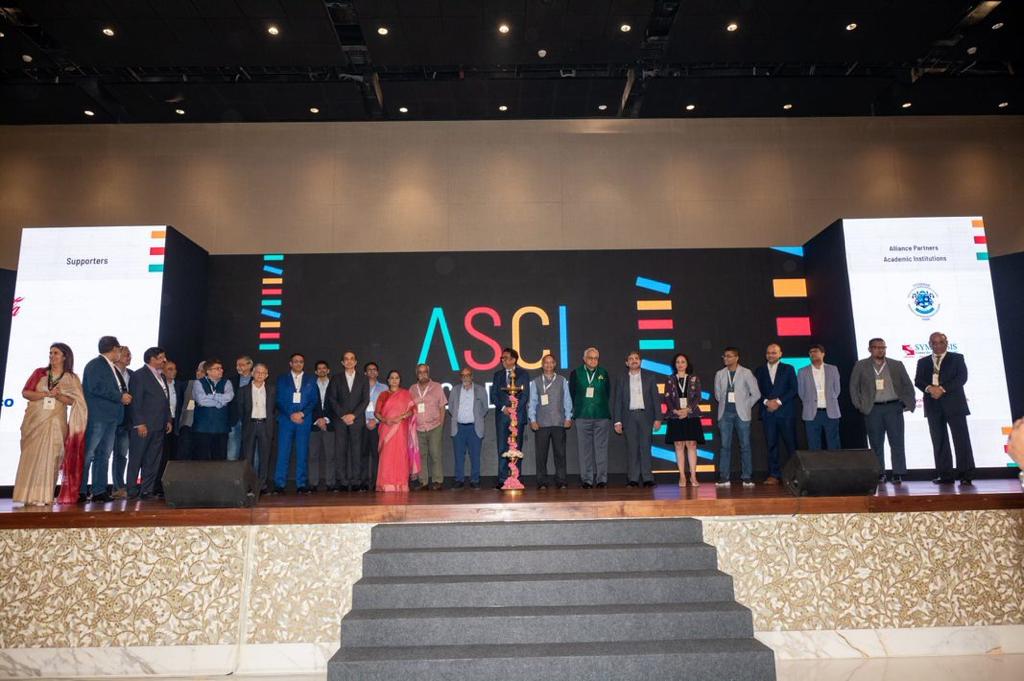Gender representation in advertising has been a contentious issue for many years, both in India and around the world. Advertisers have often been criticized for perpetuating harmful stereotypes about men and women, such as women as being primarily responsible for household chores and childcare, and men as being the breadwinners and decision-makers.
As a gender expert and activist, I see this as a critical concern in Indian advertising. Studies have shown that these stereotypes can have a negative impact on the way people think about gender roles, and can limit the opportunities available to men and women. In recent years, there has been some progress in addressing this issue. For example, the Advertising Standards Council of India (ASCI) has introduced guidelines on harmful gender stereotypes. However, there is still a long way to go.
It’s heartening to witness a shift in the advertising landscape 3 more inclusive and representative messaging. Advertisers are increasingly the importance of portraying diverse genders and breaking away from stereotypes. For instance, campaigns like the “Share The Load” campaign by Ariel have effectively challenged traditional gender roles by promoting equal responsibility in household chores. This showcases a positive trend of advertisers addressing gender concerns more sensitively.
One of the most common trends I am seeing in addressing this concern is the use of more diverse representations of men and women in advertising. For example, there are now more ads that show women in leadership roles and men taking on more domestic responsibilities.
However, I believe that we need to go beyond simply diversifying representations. We also need to challenge the underlying stereotypes that these representations reinforce. For example, we need to see more ads that show men and women as equal partners, and that challenge the idea that women are only good at certain things, such as cooking and cleaning.
The civil society connection is important in advertising because it helps to ensure that the voices of all stakeholders are heard. This is especially important when it comes to issues of gender representation, as civil society groups can provide valuable insights into the impact of advertising on people’s lives.
ASCI has been a leader in including civil society representatives in its decision-making bodies. This is a positive step, as it helps to ensure that ASCI’s guidelines on harmful gender stereotypes are based on the best available evidence.
I believe that other advertising bodies should follow ASCI’s lead and include civil society representatives in their decision-making processes. This will help to ensure that advertising is more inclusive and representative of the diversity of our society.
One message I would like to give to marketers and advertisers is to be more mindful of the way they represent gender in their ads. They should avoid perpetuating harmful stereotypes, and instead focus on creating ads that are inclusive and representative of the diversity of our society.
I would also like to encourage consumers to be more critical of the ads they see. If you see an ad that you think is sexist or harmful, you can report it to ASCI or other advertising bodies. By speaking out, we can help to create a more inclusive and progressive advertising landscape.
Here are some examples of how advertisers can improve gender representation in their ads:
- Show men and women in equal roles, both in terms of their occupations and their relationships
- Avoid using stereotypes about men and women, such as women as being primarily responsible for household chores and childcare, and men as being the breadwinners and decision-makers.
- Represent people of all genders, races, ethnicities, and abilities in their ads.
- Be mindful of the language they use in their ads, and avoid using words or phrases that could be seen as sexist or offensive.
By making these changes, advertisers can help to create a more inclusive and progressive advertising landscape.





